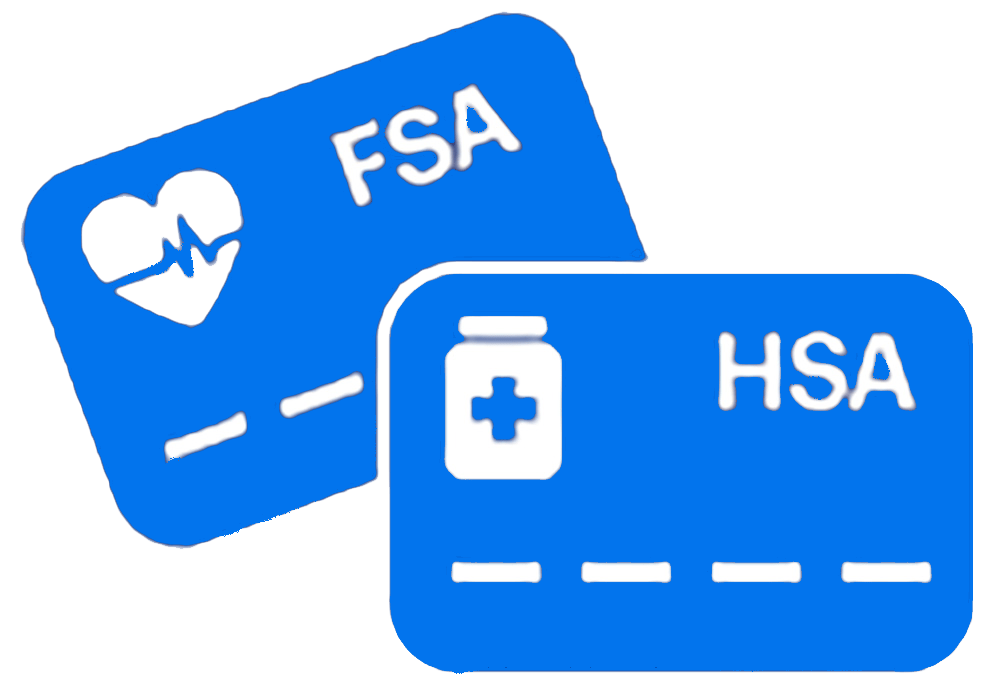Ozone therapy is a medical treatment that involves the administration of ozone gas to the body to promote healing and improve overall well-being. Ozone, a highly reactive form of oxygen, has been used for decades in various medical applications due to its powerful therapeutic effects. During an ozone therapy session, ozone is either injected into the body, infused into a bag that surrounds a limb or body part, or introduced directly into the bloodstream through a process called autohemotherapy.
The benefits of ozone therapy are vast and diverse. Ozone has antimicrobial properties, meaning it can kill bacteria, viruses, and fungi, which makes it an excellent treatment for infections. It also stimulates the immune system, enhances circulation, and promotes the production of antioxidants in the body. Additionally, ozone therapy has been found to improve oxygen utilization at the cellular level, making it beneficial for conditions such as chronic fatigue syndrome and fibromyalgia.
Understanding the benefits of ozone therapy
Ozone therapy offers a wide range of benefits for various health conditions. It can be used as a complementary treatment for chronic diseases such as cancer, diabetes, and autoimmune disorders. By increasing oxygen delivery to the tissues and enhancing immune function, ozone therapy can help support the body’s natural healing processes and improve treatment outcomes.
One of the key benefits of ozone therapy is its ability to increase oxygenation and circulation. When ozone is introduced into the body, it stimulates the production of red blood cells and improves the flexibility of cell membranes, allowing for better oxygen uptake and delivery to the tissues. This increased oxygenation can enhance energy levels, improve cognitive function, and support overall health and well-being.
Another significant benefit of ozone therapy is its antimicrobial properties. Ozone has been shown to be effective in killing bacteria, viruses, and fungi, including antibiotic-resistant strains. This makes it a valuable treatment option for infections, especially those that are difficult to treat with conventional antibiotics. Ozone therapy can also help boost the immune system by stimulating the production of white blood cells and enhancing their ability to fight off pathogens.
Factors to consider when determining frequency and duration of ozone therapy sessions
When determining the frequency and duration of ozone therapy sessions, several factors need to be taken into consideration. These factors include the severity of the condition being treated, the individual’s overall health status, and the specific goals of the therapy.
For acute conditions or infections, more frequent ozone therapy sessions may be necessary initially to achieve rapid results. This could involve daily or every other day sessions for a short period of time. As the condition improves, the frequency of sessions can be reduced to a maintenance level.
Chronic conditions, on the other hand, may require more prolonged and consistent ozone therapy sessions. These sessions are typically spread out over a longer period of time, such as once or twice a week for several months. The aim here is to provide ongoing support to the body’s natural healing processes and maintain optimal health.
Additionally, the overall health status of the individual plays a role in determining the frequency and duration of ozone therapy sessions. Those with compromised immune systems or significant underlying health issues may require more frequent and longer sessions to achieve the desired results.
The role of the condition being treated in determining session frequency and duration
The specific condition being treated also plays a significant role in determining the frequency and duration of ozone therapy sessions. Some conditions may require more aggressive treatment protocols, while others may respond well to less frequent and shorter sessions.
For example, chronic infections such as Lyme disease or chronic viral infections may require more intensive ozone therapy sessions to effectively target and eliminate the pathogens. This could involve multiple sessions per week for an extended period of time.
On the other hand, conditions such as joint pain or sports injuries may require shorter and less frequent sessions. In these cases, ozone therapy can be used as a supportive treatment to reduce inflammation, promote tissue repair, and enhance healing.
It is important to consult with a qualified ozone therapy practitioner who can assess the specific condition and develop an individualized treatment plan that takes into account the unique needs of the individual.
Ozone therapy session guidelines: Recommendations from experts
To ensure the effectiveness and safety of ozone therapy sessions, it is essential to follow guidelines and recommendations from experts in the field. Here are some general guidelines to consider:
- Work with a qualified ozone therapy practitioner who has extensive experience and training in ozone therapy.
- Follow an individualized treatment plan that takes into account your specific condition, overall health status, and treatment goals.
- Start with a lower frequency and duration of sessions and gradually increase as tolerated and as needed.
- Monitor your response to the therapy and communicate any changes or concerns with your practitioner.
- Stay well-hydrated before and after each session to support the detoxification process.
- Incorporate complementary therapies such as nutrition, exercise, and stress management to enhance the benefits of ozone therapy.
By adhering to these guidelines, you can ensure that you are receiving optimal ozone therapy sessions that align with your specific needs and goals.
Common misconceptions about ozone therapy session frequency and duration
There are several misconceptions surrounding the frequency and duration of ozone therapy sessions. One common misconception is that more sessions equate to better results. While ozone therapy can be highly beneficial, it is important to strike a balance between providing enough sessions to achieve the desired outcomes and allowing the body time to heal and recover.
Another misconception is that longer sessions are always more effective. The duration of ozone therapy sessions should be determined based on individual needs and tolerability. It is essential to work closely with a qualified ozone therapy practitioner who can assess your response to the therapy and adjust the duration of sessions accordingly.
The importance of individualized treatment plans in ozone therapy
Individualized treatment plans are crucial in ozone therapy to ensure that each person receives the appropriate frequency and duration of sessions. Every individual is unique and may respond differently to ozone therapy. By tailoring the treatment plan to the specific needs and goals of the individual, optimal results can be achieved.
A qualified ozone therapy practitioner will take into account factors such as the severity of the condition, the overall health status of the individual, and their response to the therapy. This individualized approach allows for targeted and effective treatment that maximizes the benefits of ozone therapy.
Finding a qualified ozone therapy practitioner
It is essential to work with a qualified ozone therapy practitioner who has the necessary training and experience in ozone therapy. When searching for a practitioner, consider the following:
- Check their credentials and certifications. Look for practitioners who have received specialized training in ozone therapy.
- Ask for referrals or recommendations from trusted sources, such as healthcare professionals or friends who have undergone ozone therapy.
- Inquire about their experience and the number of ozone therapy sessions they have performed.
- Schedule a consultation to discuss your specific needs and treatment goals. This will allow you to assess their knowledge and expertise in ozone therapy.
Remember that finding a qualified practitioner is crucial for the safety and effectiveness of ozone therapy sessions.
Conclusion: Striking the balance for effective healing with ozone therapy sessions
In conclusion, the optimal frequency and duration of ozone therapy sessions play a significant role in achieving effective healing and improved well-being. Factors such as the severity of the condition, overall health status, and individual response to therapy should be carefully considered when determining the frequency and duration of sessions.
By working with a qualified ozone therapy practitioner, following guidelines and recommendations, and developing an individualized treatment plan, you can unlock the full potential of ozone therapy for healing and overall health optimization.
Remember that ozone therapy is a powerful medical treatment that should be approached with caution and under the guidance of a trained professional. By finding the right balance, you can experience the many benefits that ozone therapy has to offer.
If you are considering ozone therapy, consult with a qualified practitioner to determine the optimal frequency and duration of sessions for your specific needs. Unlock the key to effective healing with ozone therapy today! Call us at 205-352-9141.











